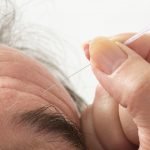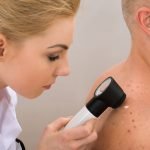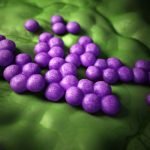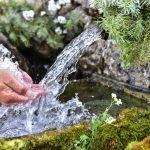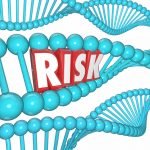Fathers Need Love (Hormone) Too
Father in Some Bonding Time to Increase Oxytocin
A recent article expands on the need for oxytocin in paternal parent-child bonding.1 Oxytocin (OT) is an endogenous neuropeptide produced in the paraventricular and supraoptic nuclei of the hypothalamus and released into both the brain and peripheral circulation.2 Neurologically it is responsible for maternal caregiving and other social bonding. The current research study looked at the mechanism of action of oxytocin in the male brain, which facilitates parental bonding.1
The Study
The study, a double-blind, placebo-controlled trial using fMRI, included 30 fathers of 1-2-year-old children. Each received either 24 IU intranasal OT on one scan and placebo on the other scan or 20 IU intranasal Vasopressin (AVP) on one scan and placebo on the other. Brain function was assessed with fMRI as the 2 groups looked at pictures of their own children, unknown children and unknown adults. They also listened to unknown infant cries.
The Findings
The findings were that intranasal OT increases caudate nucleus, dorsal anterior cingulate cortex and visual cortex response to fathers viewing their own toddlers.1 The caudate nucleus is a target of midbrain dopamine pathways known to be involved in reward and motivation.3 It was a surprise to the researchers that the nucleus accumbens were not more prominent on fMRI, given that it is closely associated with the mesolimbic Dopamine system, known to be involved in caregiving in humans.4,5 The connection between dopamine and social bonding is a fairly recent understanding, but makes sense that the 2 neuropeptides would share neurological real estate in the brain, given that reward and motivation give an evolutionary imperative to care for a species’ young.
Plasma OT Levels Correlate and Increase with Father-Infant Play Sessions
This article also reminds us that plasma OT levels are correlated with father-infant synchronicity and with increased father-infant play sessions.6 And that intranasal administration of OT has been correlated with increased stimulatory and exploratory play between toddlers and fathers, including increases in the amount of time spent playing and in social reciprocity.7 This supports the potential use of intranasal OT therapy for postpartum depression in fathers, to increase both bonding and caregiving capacity.
Sources:
- Li T, Chen X, Mascaro J, et al. Intranasal oxytocin, but not vasopressin, augments neural responses to toddlers in human fathers. Horm Behav. 2017. pii: S0018-506X(16)30445-7. doi: 10.1016/j.yhbeh.2017.01.006.
- Meyer-Lindenberg A, Domes G, Kirsch P, et al. Oxytocin and vasopressin in the human brain: social neuropeptides for translational medicine. Nat. Rev. Neurosci. 2011; 12, pp. 524–538
- Ikemoto S, Yang C, Tan A. Basal ganglia circuit loops, dopamine and motivation: a review and enquiry. Behav. Brain Res. 2015; 290 pp. 17–31
- Atzil S, Touroutoglou A, Rudy T, et al. Dopamine in the medial amygdala network mediates human bonding.Proc Natl Acad Sci U S A. 2017. pii: 201612233. doi: 10.1073/pnas.1612233114.
- Gregory R, Cheng H, Rupp HA, et al. Oxytocin increases VTA activation to infant and sexual stimuli in nulliparous and postpartum women. Horm. Behav. 2015; 69, pp. 82–88
- Feldman R, Gordon I, Zagoory-Sharon O. Maternal and paternal plasma, salivary, and urinary oxytocin and parent-infant synchrony: considering stress and affiliation components of human bonding. Dev. Sci. 2011;14, pp. 752–7617. Weisman O, Zagoory-Sharon O, Feldman R. Oxytocin administration to parent enhances infant physiological and behavioral readiness for social engagement. Biol. Psychiatry. 201137, pp. 982–989
 Node Smith, associate editor for NDNR, is a fifth year naturopathic medical student at NUNM, where he has been instrumental in maintaining a firm connection to the philosophy and heritage of naturopathic medicine amongst the next generation of docs. He helped found the first multi-generational experiential retreat, which brings elders, alumni, and students together for a weekend campout where naturopathic medicine and medical philosophy are experienced in nature. Three years ago he helped found the non-profit, Association for Naturopathic ReVitalization (ANR), for which he serves as the board chairman. ANR has a mission to inspire health practitioners to embody the naturopathic principles through experiential education. Node also has a firm belief that the next era of naturopathic medicine will see a resurgence of in-patient facilities which use fasting, earthing, hydrotherapy and homeopathy to bring people back from chronic diseases of modern living; he is involved in numerous conversations and projects to bring about this vision.
Node Smith, associate editor for NDNR, is a fifth year naturopathic medical student at NUNM, where he has been instrumental in maintaining a firm connection to the philosophy and heritage of naturopathic medicine amongst the next generation of docs. He helped found the first multi-generational experiential retreat, which brings elders, alumni, and students together for a weekend campout where naturopathic medicine and medical philosophy are experienced in nature. Three years ago he helped found the non-profit, Association for Naturopathic ReVitalization (ANR), for which he serves as the board chairman. ANR has a mission to inspire health practitioners to embody the naturopathic principles through experiential education. Node also has a firm belief that the next era of naturopathic medicine will see a resurgence of in-patient facilities which use fasting, earthing, hydrotherapy and homeopathy to bring people back from chronic diseases of modern living; he is involved in numerous conversations and projects to bring about this vision.


